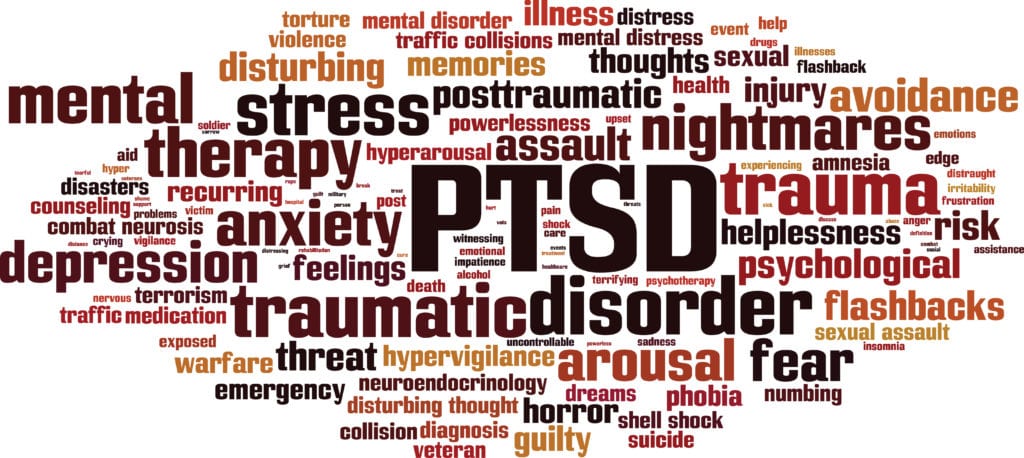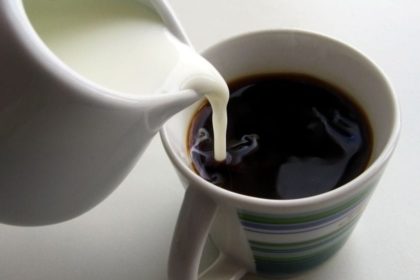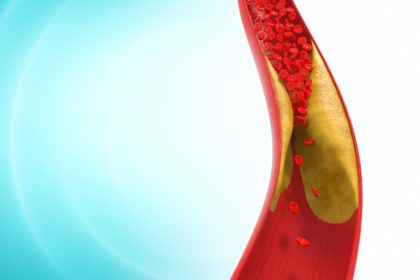November 11 marked an important day for the United States. Veterans Day honors all of those who have served our country in war or peace and is a time to thank our Veterans for their sacrifices. Every day should be Veterans Day. As a clinical exercise physiologist in Cardiology at the VA (cardiopulmonary rehabilitation), I provided some insight into the health of our country’s Veterans with KRON 4 News Anchor Marty Gonzalez.
What is the Veteran Population?
There are 19.5 million living Veterans. Fifty percent of Veterans live in the top 10 states: California is ranked #1, Texas is second, and then Florida.
War | # of Veterans Living | % Living | # of Service Members Served | Current Average Age |
| Gulf War-era I (8/1990 to 8/2001) | 8.1 million1(era I & II) | 45+ (50%) | ||
| Gulf War-era II (9/2001 to present) | 25-44 (66%) | |||
| Vietnam War (active duty)2 | 6.3 million | 72% | 8.7 million | 70+ ( |
| – Vietnam War (in Vietnam) | 610,000 | 23% | 2.7 million | 70+ ( |
| Korean War | 1.1 million | 19% | 5.7 million | 86 |
| World War II | 326,000 | 2% | 16 million | 90+ (some much older) |
| World War I3 | 0* | 0% | 4.7 million | N/A |
- 1Gulf War-era Veterans make up nearly 50% of all war Veterans.
- 2Vietnam Veterans die at an estimated rate of 390 veterans per day.
- 3The last living WWI Veteran died 2/27/2011; 3 wks after his 110th birthday.
Veteran Status Is a Risk Factor for Heart Disease
Veterans literally sacrifice their hearts. Among individuals older than 50 in the United States, a study showed that veterans are:
- At a higher risk of CVD over the span of 20 years.
- Are at higher risk of having a new onset of heart disease.
- Are at higher risk of poor physical health.
- Are at higher risk of poor mental health (e.g., anxiety, depression, PTSD).
- Are frequently smokers and causes 10X more deaths among Veterans.
NOTE: Veteran status is being called a “hidden variable” in the aging of older Americans. Veterans have higher rates of mental illnesses, such as depression and post-traumatic stress disorder (PTSD) — both of which are associated with increased CVD risk.

Depression Is a Predictor of Heart Disease
Vietnam Veterans with PTSD have been show to be more likely to have circulatory diseases and abnormal heart rhythms nearly 20 years after serving in the military and more likely to DIE from cardiovascular-related disease 30 years after military service. World War II and Korean War Veterans with PTSD have higher rates of CVD. Exposure to trauma has been positively associated with post-service cardiac disease amongst U.S. Civil War Veterans.
Studies suggest the controlling depression may weaken the link between veteran status and CVD. Even after controlling CAD risk factors, such as cholesterol level, blood pressure, and smoking, depression has been associated with cardiovascular disease and death. Veterans with a high BMI, smoke, have high depressive symptoms, type 2 diabetes, and hypertension, but have NOT developed CVD should receive interventions to prevent heart disease. Veterans should be considered as a high-risk population for CVD and should receive targeted rigorous interventions to reduce their risk of heart disease.
Smoking and PTSD Connection
Veterans with PTSD are more likely to smoke than Veterans without PTSD. They report that they smoke to manage their mood and to deal with stress and anxiety. Stress may be related to experiences during deployment or coping with life after the military. Those with PTSD have a high rate of smoking treatment failure.
How Common is PTSD in Veterans?
Exposure to horrible and life-threatening experiences can lead to PTSD. The number of Veterans with PTSD varies by service era:
- Operations Iraqi Freedom and Enduring Freedom: About 11-20 out of every 100 Veterans (11-20%) suffer from PTSD.
- Gulf War / Desert Storm: About 12 out of every 100 (12%).
- Vietnam War: About 15 out of every 100 (15%) in the late 1980s, but it is estimated that about 30 out of every 100 (30%) have had PTSD in their lifetime.
Stigma as a Barrier to Seeking Help
An average of 20 Veterans commit suicide per day. Approximately 65% who died from suicide in 2014 were 50 years old or older. Even though PTSD is very common among veterans and treatments are available, too many veterans aren’t seeking help.
Many Veterans do not seek out treatment because of the perceived stigma associated with needing mental health care. To overcome this stigma, the Dept of Defense no longer requires people to report if they have sought out mental health care for combat-related reasons.
Veterans Crisis Line – 24/7
If you are a Veteran in crisis or concerned about one, connect with caring, qualified responders for confidential help. Many of them are Veterans themselves.
- Call 800-273-8255 and Press 1
- Text 838255
- Call TTY (teletype) if you have hearing loss: 800-799-4889
- Get more resources at VeteransCrisisLine.net
Karen’s Fit Tip: If you are a Veteran, reach out to your primary care physician for assistance. There are many health and housing programs available. If you have heart or pulmonary disease, there is a cardiopulmonary program available to all Veterans in Northern California and across the USA.
Many veterans understand that civilians mean well and are showing respect when they meet a military service member and say, “Thank you for your service.” Although they understand that civilians don’t know how else to convey their gratitude or acknowledge their service, there are ways to take that one step further. If you want ideas on how to thank a veteran, see Veterans, Today Is Your Day! 🇺🇸





